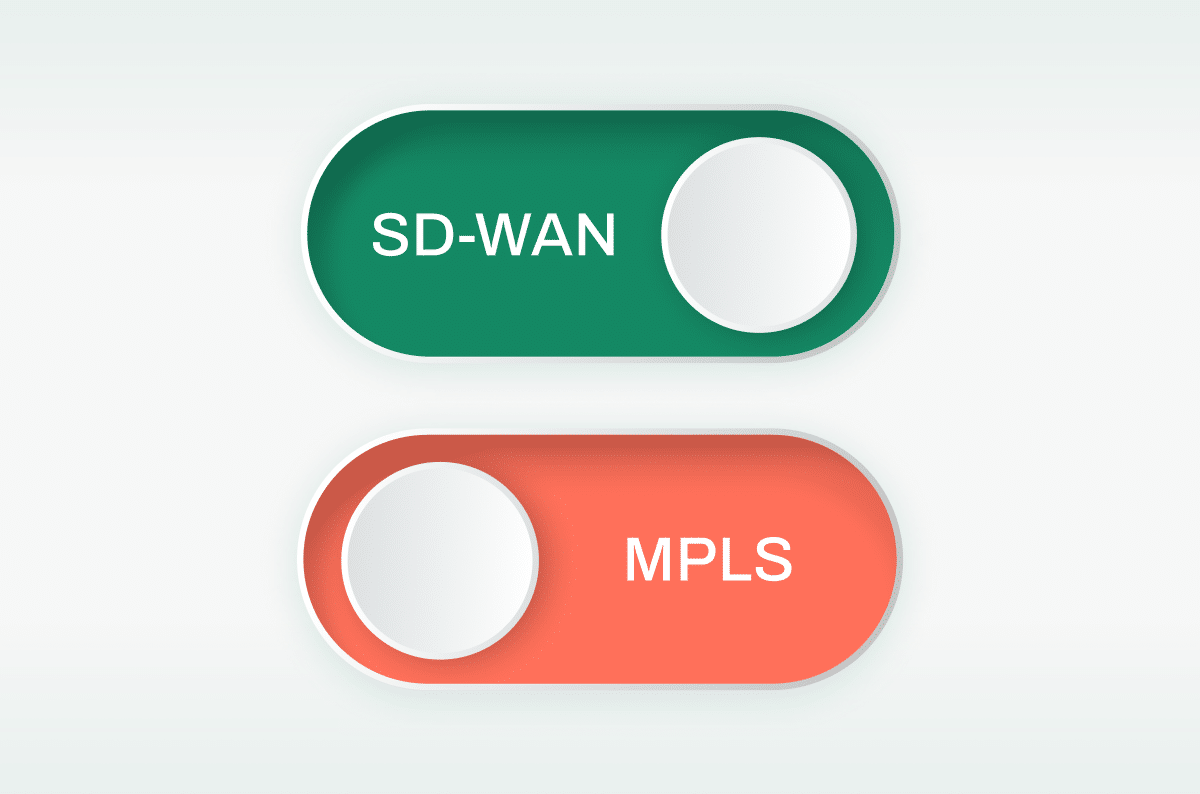Cato 2022 Mid-Year Survey Result Summary
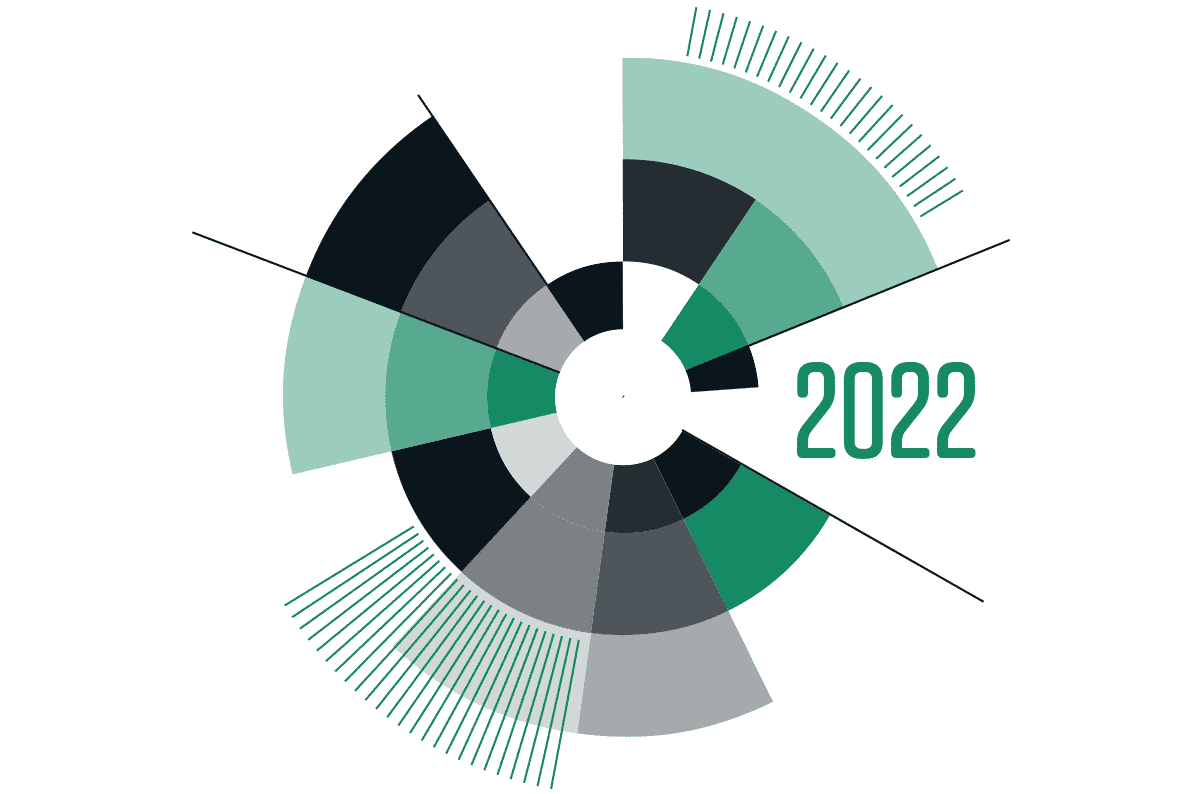
|
Listen to post:
Getting your Trinity Audio player ready...
|
SD-WAN, SASE, & SSE are becoming mainstream, but confusion hasn’t left the building. Yet.
What survey are you talking about?
Twice a year, Cato Networks runs a global survey that collects and analyzes the state of enterprise networking and security. Our last survey has broken all records with 3129 respondents from across the globe. More accurately, 37% from America, 33% from Europe, middle east and Africa, and 30% from Asia and Australia.
52% of them were channel partners (not necessarily ours, yet), and 48% were end customers. All of them, collectively, work with network and network security on a daily basis and know a thing or two about highest priority challenges faced by the modern enterprise.
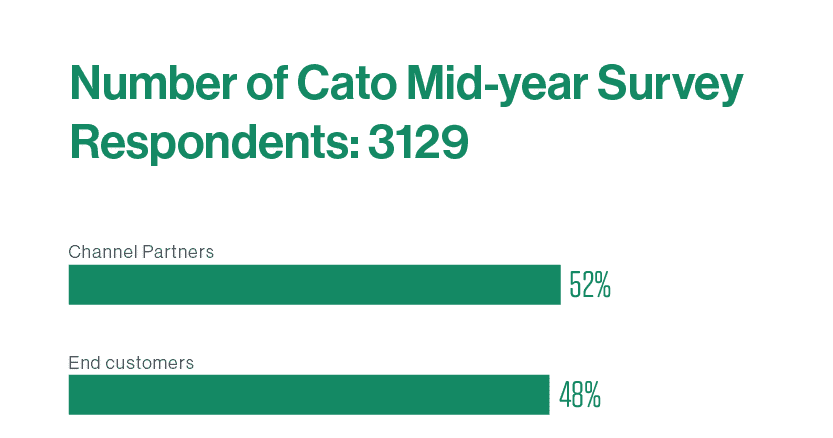
Respondent demographics also indicate that we are looking at a versatile and reliable dataset. In terms of enterprise sizes, 27% of respondents have more than 100 sites to manage, 22% have between 25 to 100, and 51% have up to 25 sites. 44% of them operate a global organization compared to 56% who are regional or national.
When asked about their position and responsibilities, 62% confirmed they hold an IT management or leadership position. 27% with specific focus on network and 17% with specific focus on security.
We believe it’s fair to say the results we’re going to share here are as objective as possible.
The Market is Aware of SASE and SSE, But Aren’t Clear on the Differences
The market is showing awareness and understanding of both SASE (est. 2019) and Security Service Edge (SSE) (est. 2021.) However, the rise of “too many acronyms” is leading to market confusion, specifically related to architecture, value propositions and differentiation.
When we asked, “How well do you believe you understand the SASE architecture and its benefits?”, 45% responded that they feel they understand both very well. It would look very positive if we stopped here, but at the same time, 20% felt vague regarding the architecture, 12% felt vague about the value, and 23% felt vague about both. Oh no.

The confusion continued even further when we asked if they know what’s the difference between SASE and SSE. It wasn’t a test, but only 47% passed. Very close to the 45% who felt confident on SASE’s architecture and value.
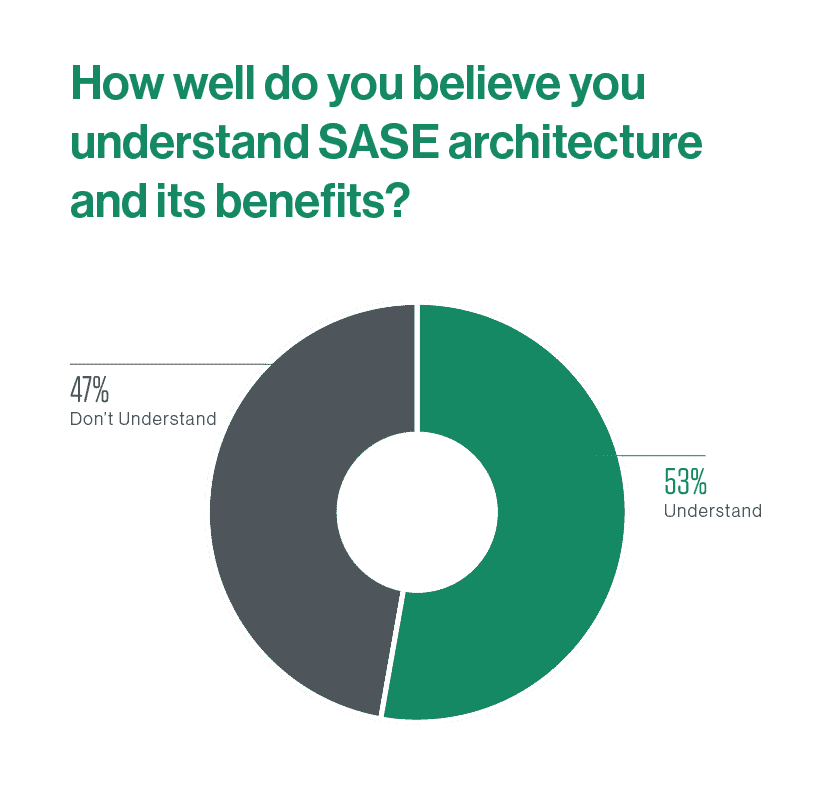
Going about it from another angle, we asked “Do you consider SSE as an interim step to SASE?”. 29% answered they do, and 38% answer they don’t. The red flag is the 33% who answered that they aren’t sure what the difference is between SSE and SASE.
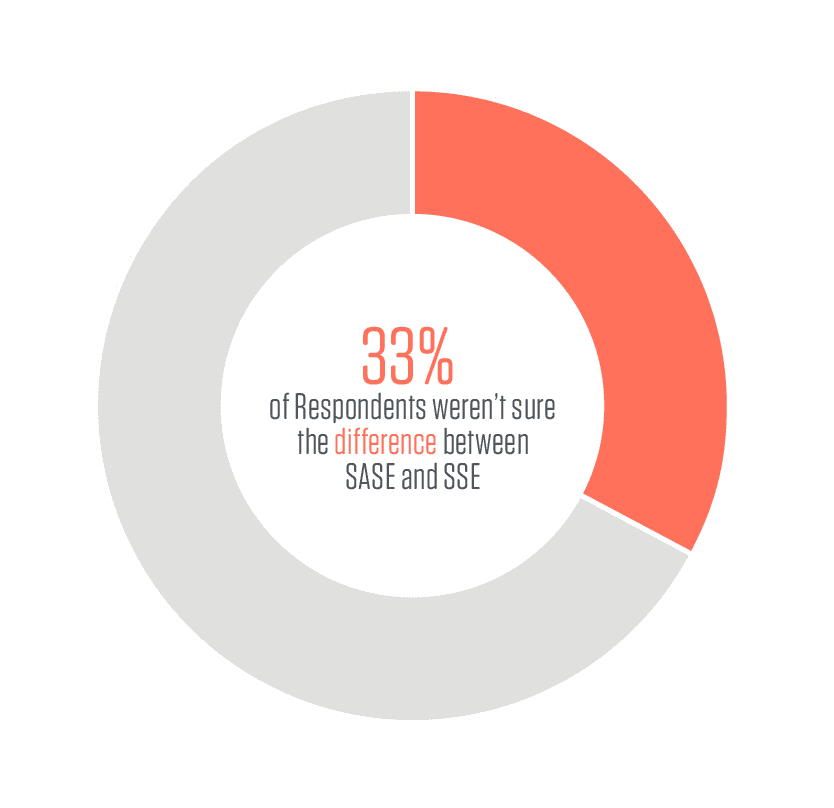
Choose Wisely: Will it Be One or Multi-Vendor SASE?
In answer to our question “What is your SASE migration timeline?”, 17% responded it already stared in 2020 or 2021, 18% responded that it is happening this (2022) year, and 44% said that it’s targeted for 2023.
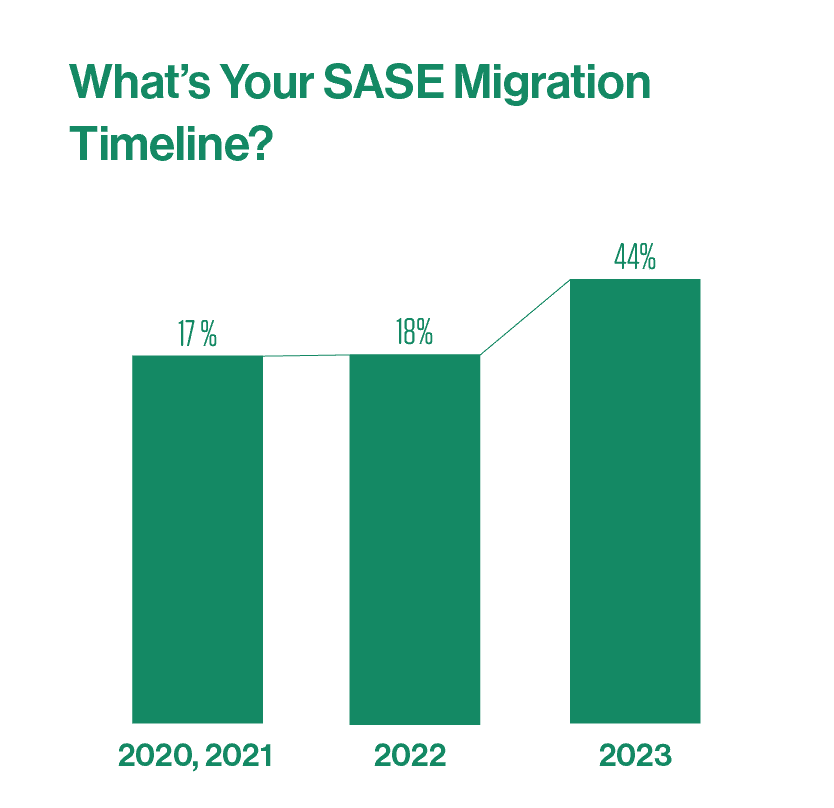
Similarly, 54% reported they already have C-level sponsorship for their SASE project from either their CEO (12.5%), CIO (24%), CFO (5%) or CISO (12.5%).
But with so much focus on SASE and confusion surrounding SSE, what’s most important to pay attention to?
36% of respondents who already have SD-WAN in their networks indicated that they plan to replace it. 29% plan to deploy SSE as an interim step towards full SASE deployment, and 38% told us they are going all in on SASE.
On top of those findings, 40% indicated that a single-vendor SASE is very important in their vendor selection, and 25% ranked this as extremely important. This correlates very well with 77% who indicated a single management for all network and security infrastructure is very or extremely important.
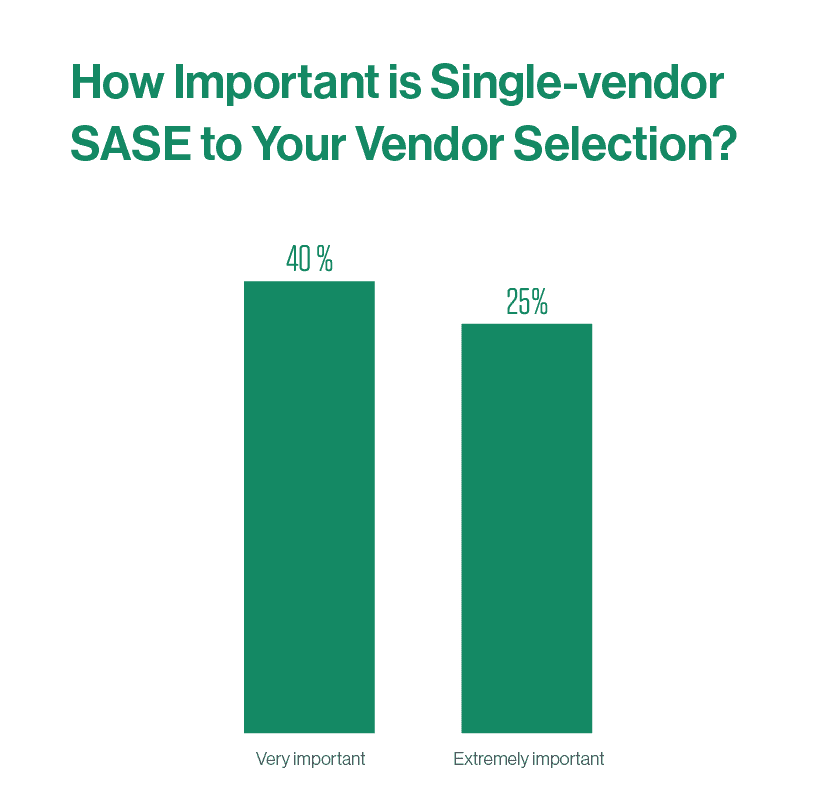
So, what’s the gist here?
The bottom line here is simple. SASE is the end-game and the SASE revolution is currently well underway.
Every IT leader and team should both strategize and prioritize their path to SASE. It can be a gradual multi-project approach or undertaken as a single project. It can rely on an existing network and security stack or a refresh of legacy products.
Crowd wisdom also shows that so many people who work daily with SD-WAN, SASE and SSE value the importance of single-vendor and single management solutions, and so should you.
So, when your C-level sponsor asks you about your SASE migration strategy, make sure you are aligned with the voice of the industry, that you have a plan, and that you know how to choose the right vendor for your enterprise.
And what about the confusion between SASE and SSE? What about those who don’t feel they know enough about one or both acronyms? It’s a perfectly normal place to be in, and a challenge anyone can easily overcome in just a few short hours.
Cato Networks offers free SASE and SSE education courses to get you up to speed and on par with industry standards. Check out our free SASE and SSE certification courses, to expand your knowledge base, and learn about these new and evolving categories.
Now how ‘bout that?














